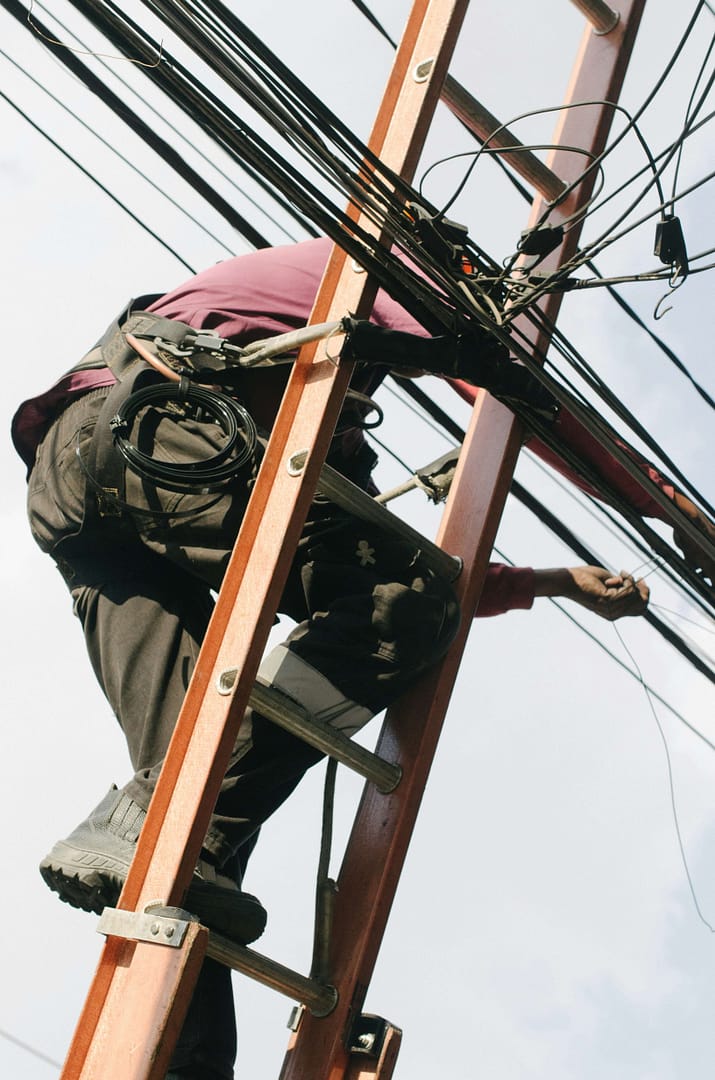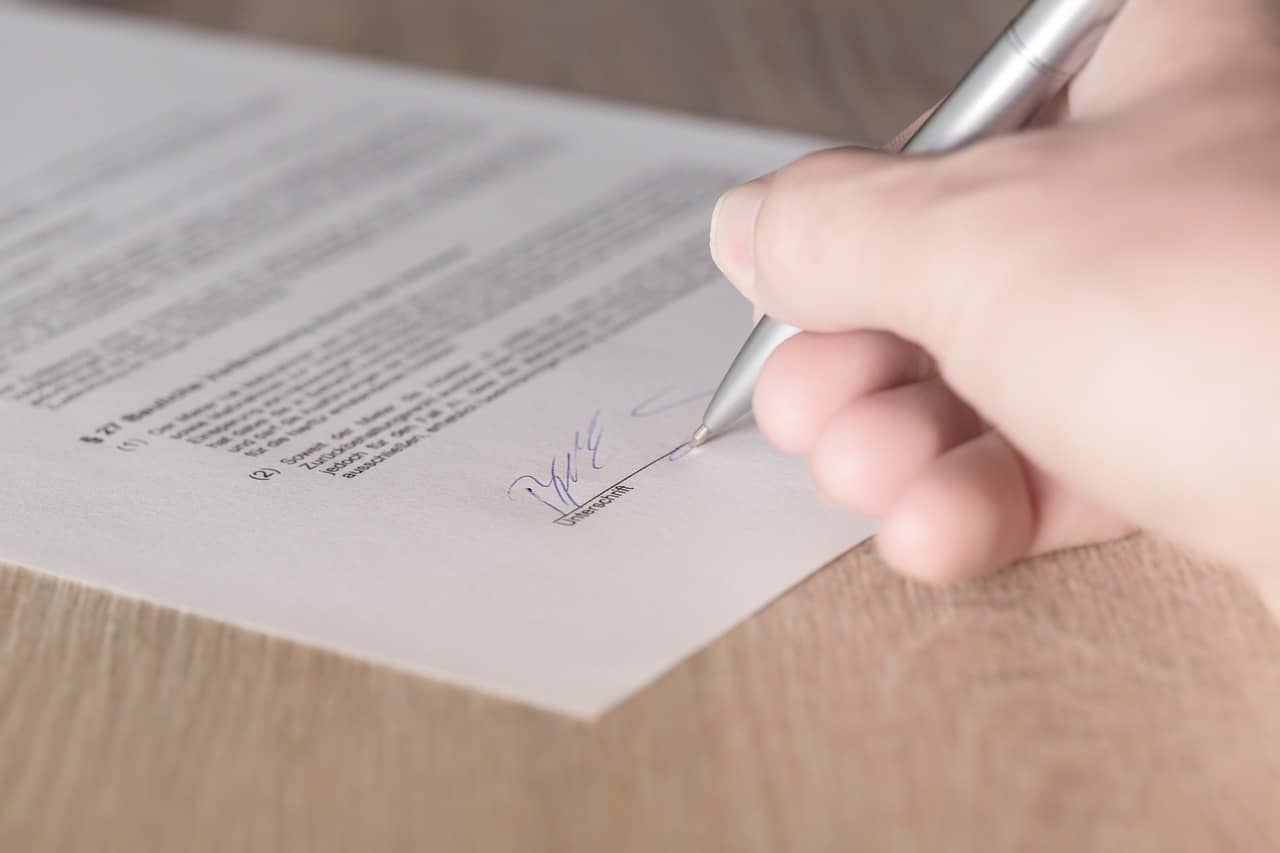When it comes to workplace safety, the size of your business doesn’t diminish its significance. Small businesses, just like their larger counterparts, must prioritise the well-being of their employees and customers. In this article, we will delve into the realm of workplace safety with a small business, exploring the crucial aspects, regulations, and best practices to keep everyone safe. We will also walk you through the best way to start an accident at work claim.
Health and Safety Policy: A Must for Small Businesses?
You might be wondering, “Do small businesses have to have a health and safety policy?” The answer is an unequivocal yes. Irrespective of the size of your enterprise, having a clear and comprehensive health and safety policy is a legal requirement in many countries, including the United Kingdom. This policy serves as a roadmap for maintaining a safe and secure workplace.
Having a well-crafted health and safety policy can shield your business from legal issues and, more importantly, protect your employees. It sets the tone for your commitment to their well-being and can help build trust within your workforce. To create an effective policy, you can seek guidance from government resources or consult with safety professionals.
Risk Assessment for Small Businesses
Another common query small business owners often ponder is, “Do I need a risk assessment with less than five employees?” The answer, once again, is a resounding yes. Regardless of the size of your workforce, conducting a risk assessment is a fundamental step towards ensuring workplace safety.
A risk assessment involves identifying potential hazards, evaluating their potential impact, and implementing measures to minimise or eliminate them. This process is not only a legal requirement but also a practical approach to protect your employees from harm.
Prioritising Workplace Safety
Now that we’ve clarified the legal obligations, let’s focus on how to effectively prioritise workplace safety in your small business.
Cultivate a Safety Culture
Building a culture of safety is essential. It begins with leadership setting a positive example and making safety a core value of the organisation. Encourage open communication about safety concerns and incidents. By involving your employees in the safety process, you can tap into their knowledge and experience to identify potential hazards.
Employee Training
Investing in employee training is a pivotal aspect of workplace safety. Even in a small business, employees should be aware of safety procedures and protocols. This includes training on the proper use of equipment, first-aid procedures, and emergency response. A well-trained team is more likely to react effectively in crisis situations.
Regular Inspections and Maintenance
Regular inspections of the workplace and equipment are vital for ensuring safety. For example, a small bakery must routinely inspect ovens and electrical systems. A small carpentry workshop must ensure tools are maintained and operated correctly. These proactive measures can prevent accidents and equipment malfunctions that could jeopardise your employees’ well-being.
Tailoring Safety Measures to Your Small Business
Every small business is unique, and safety measures must be tailored to its specific needs. Here are some considerations for different types of small businesses:
Retail Businesses
Retail businesses, such as boutique shops, should focus on maintaining clean, uncluttered aisles and storefronts. Regular safety checks for fire exits and evacuation plans are crucial. In busy establishments, tripping hazards like loose carpets or cables should be promptly addressed.
Food Service
Restaurants and cafes face unique safety challenges. Ensuring that employees receive food safety training is vital. Hygiene, sanitation, and fire safety measures are also top priorities. Regular checks for gas leaks, electrical safety, and well-maintained kitchen equipment are essential to prevent accidents.
Office Environments
Small offices may not seem as hazardous as industrial settings, but they still require safety measures. Ergonomic furniture, proper lighting, and clear walkways help reduce the risk of musculoskeletal issues and trips and falls. In an office, the primary concern is often related to the well-being of employees who spend long hours at their desks.
Construction and Trades
Small businesses in the construction and trades sector face more apparent dangers. Safety measures involve comprehensive training on equipment and the use of personal protective equipment (PPE). Regular inspections of scaffolding, machinery, and construction sites are necessary to prevent accidents.
Home-Based Businesses
In the modern world, many small businesses operate from home. These businesses need to consider the safety of home offices, workshops, and any equipment they use. Fire safety, ergonomic workstations, and ensuring a smoke-free environment are crucial elements for those who run businesses from home.
Building a Small Business Safety Plan
Identify Potential Hazards
Start by conducting a thorough assessment of your workplace. Identify potential hazards, ranging from fire risks to ergonomic issues. List these hazards and assess their severity.
Implement Control Measures
Once hazards are identified, you must put control measures in place. This could include training your employees, modifying equipment, or changing procedures to reduce risks. Consider how you can eliminate or minimise each hazard.
Emergency Preparedness
Develop an emergency plan that outlines what to do in various crisis situations. This includes fires, accidents, and medical emergencies. Ensure that employees are familiar with these plans and conduct regular drills to ensure everyone knows what to do in case of an emergency.
Regular Reviews and Updates
Safety is not a one-time effort; it’s an ongoing process. Regularly review your safety policies and procedures to ensure they remain effective and up to date. As your business evolves, your safety plan should evolve with it.
Compliance with Regulations
In the UK, the Health and Safety Executive (HSE) sets the standards and guidelines for workplace safety. Ensure your small business adheres to these regulations by staying informed about any changes and updates.
Maintaining compliance is not only a legal requirement but also a testament to your commitment to ensuring the safety and well-being of your employees and customers. Fines and legal consequences can be severe for non-compliance, making it essential to stay up-to-date with the latest regulations.
Making an Accident at Work Claim with National Claims
Now, let’s shift our perspective and explore the process of making an accident at work claim
Contact National Claims
When you’ve experienced an accident at work, your first step is to reach out to us. We have a team of experienced professionals who can guide you through the entire claims process.
Consultation
Once you contact us, we will arrange a consultation to discuss the details of your case. We’ll
evaluate the circumstances surrounding your workplace accident. During this consultation, we will collect essential information, including the nature of your injuries, the date of the incident, and any supporting documentation you may have.
Assessment and Documentation
After the initial consultation, our dedicated team will begin a comprehensive assessment of your case. We will gather all relevant documents, such as medical reports, accident reports, and witness statements if available. This documentation is crucial in establishing the legitimacy of your claim.
Legal Representation
National Claims will provide you with legal representation throughout the entire process. Our experienced solicitors are well-versed in workplace accident claims and will work tirelessly to ensure you receive the compensation you deserve.

Conclusion
In the realm of workplace safety with a small business, it’s essential to emphasise that size doesn’t diminish the importance of maintaining a safe and secure work environment. Legal obligations, such as having a health and safety policy and conducting risk assessments, are not just checkboxes; they are fundamental for safeguarding your employees and customers.
Prioritising safety involves creating a culture of safety, investing in employee training, and conducting regular inspections and maintenance. Tailoring safety measures to your specific business type is crucial, as each industry has its unique challenges and hazards.
Building a small business safety plan is a proactive approach to identifying and mitigating potential risks, while compliance with regulations is a legal necessity that reflects your commitment to safety.
Effective workplace safety measures not only protect your employees and customers but also contribute to the overall success and longevity of your small business. National Claims, a trusted partner in the realm of workplace safety, can assist you in making a workplace accident claim should the need arise. By following the steps outlined by National Claims, you can navigate the claims process and seek the compensation you deserve.
Remember, in the world of small businesses, the safety of your team is paramount, and investing in safety measures can ultimately lead to a more prosperous and thriving enterprise. Prioritise workplace safety, and you’ll not only protect your team but also secure the future of your small business.
Contact us to get a start on your claim and speak to one of our claims specialists today.
Click below to see why we are one of the most trusted claims management companies in the UK.

We’re proud of our excellent customer reviews
We thrive on delivering exceptional service and ensuring our clients’ satisfaction. Don’t just take our word for it. Check out some of our independent reviews to see what our clients have to say.
Excellent

This firm is excellent, they sorted out my car pay out and injury claim very fast, they always communicate with you all the time.

My accident case was dealt with confidence and with great result of the outcome, especially James kept me informed all the time.

I was very impressed at the way my inquiry was treated. I was listened to attentively and everything I needed to know was explained to me.






